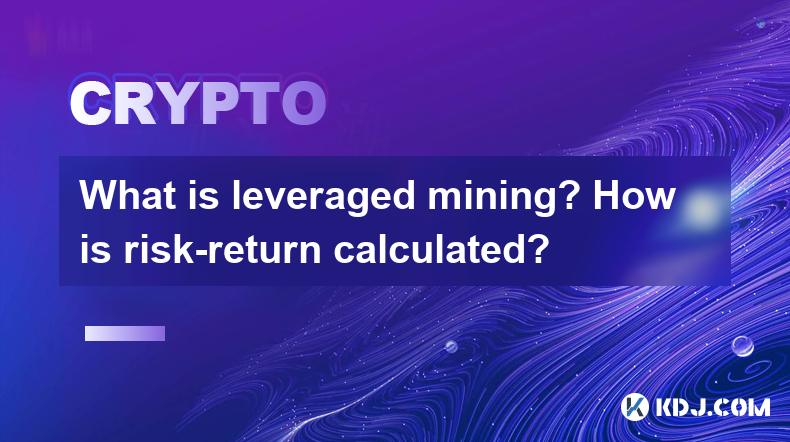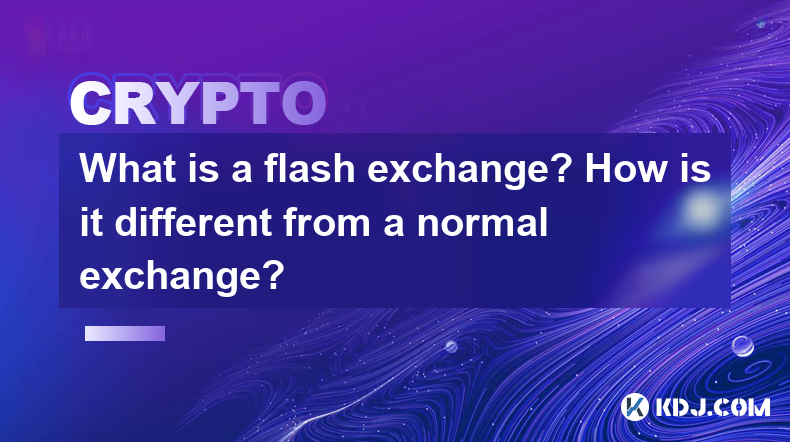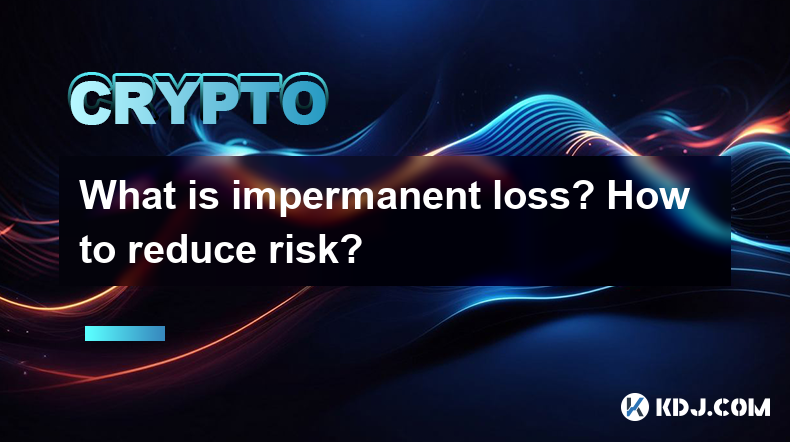-
 Bitcoin
Bitcoin $93,239.3085
1.77% -
 Ethereum
Ethereum $1,784.8978
4.89% -
 Tether USDt
Tether USDt $1.0000
-0.07% -
 XRP
XRP $2.2120
2.67% -
 BNB
BNB $604.0460
-0.82% -
 Solana
Solana $149.4763
3.19% -
 USDC
USDC $0.9999
-0.01% -
 Dogecoin
Dogecoin $0.1789
4.07% -
 Cardano
Cardano $0.6978
6.07% -
 TRON
TRON $0.2456
-0.23% -
 Chainlink
Chainlink $14.8407
7.04% -
 Sui
Sui $2.9603
20.75% -
 Avalanche
Avalanche $22.2500
2.75% -
 UNUS SED LEO
UNUS SED LEO $9.0778
0.74% -
 Stellar
Stellar $0.2671
2.73% -
 Shiba Inu
Shiba Inu $0.0...01354
2.80% -
 Toncoin
Toncoin $3.1620
5.39% -
 Hedera
Hedera $0.1805
1.91% -
 Bitcoin Cash
Bitcoin Cash $358.3454
0.27% -
 Polkadot
Polkadot $4.0786
4.22% -
 Litecoin
Litecoin $82.9465
-0.35% -
 Hyperliquid
Hyperliquid $18.4109
-2.14% -
 Dai
Dai $1.0000
0.01% -
 Bitget Token
Bitget Token $4.5164
-0.15% -
 Ethena USDe
Ethena USDe $0.9993
-0.05% -
 Pi
Pi $0.6588
3.17% -
 Monero
Monero $227.3040
2.01% -
 Uniswap
Uniswap $6.0263
6.88% -
 Pepe
Pepe $0.0...08871
5.28% -
 Aptos
Aptos $5.3498
4.34%
How to buy and sell AAVE coin? AAVE coin trading picture and text tutorial
To buy AAVE coin, open an account on a reputable exchange like Binance, fund it, search for "AAVE," enter the desired purchase amount and price, and click "Buy AAVE."
Sep 30, 2024 at 11:48 am

How to Buy and Sell AAVE Coin: A Guide with Pictures
1. Choose a Cryptocurrency Exchange
Select a reputable cryptocurrency exchange that supports AAVE trading, such as Binance, Coinbase Pro, or Gemini.
2. Create an Account
Register for an account on the chosen exchange and verify your identity for security purposes.
3. Fund Your Account
Deposit funds into your account using supported payment methods, such as bank transfers, credit/debit cards, or other cryptocurrencies.
4. Search for AAVE Coin
In the exchange's search bar, type "AAVE" to find the AAVE/USDT or AAVE/BTC trading pair.
5. Place a Buy Order
In the order book, enter the following information:
- Amount of AAVE you want to buy
- Order type (market or limit)
- Price (for limit orders)
- Click "Buy AAVE"
6. Monitor Your Order
The exchange will process your buy order and execute it at the specified price. You can monitor the order's status in the "Orders" section.
7. Withdraw Your AAVE
Once your order is complete, your AAVE coins will be credited to your exchange wallet. You can withdraw them to your hardware wallet or personal crypto wallet.
How to Sell AAVE Coin
1. Initiate a Sell Order
Navigate to the same trading pair you used to buy AAVE (e.g., AAVE/USDT).
2. Choose Order Type and Price
Select the appropriate order type (market or limit) and enter the desired price for your sale.
3. Enter the Amount
In the order form, specify the number of AAVE coins you want to sell.
4. Click "Sell AAVE"
Confirm the details of your sell order and click "Sell AAVE" to complete the transaction.
5. Monitor Sale Status
Track the status of your sell order in the "Orders" section. Once the order is executed, the funds will be deposited into your exchange account.
6. Withdraw Funds
Transfer your funds from the exchange wallet to your preferred external wallet or bank account.
Disclaimer:info@kdj.com
The information provided is not trading advice. kdj.com does not assume any responsibility for any investments made based on the information provided in this article. Cryptocurrencies are highly volatile and it is highly recommended that you invest with caution after thorough research!
If you believe that the content used on this website infringes your copyright, please contact us immediately (info@kdj.com) and we will delete it promptly.
- Bitcoin (BTC) is Back Above $90,000 – But Meme Tokens and AI Coins Are Outperforming It
- 2025-04-24 03:00:13
- Bitcoin (BTC) Faces Critical Test: Will the Yearly Open Flip from Support to Resistance?
- 2025-04-24 03:00:13
- A research team has developed an innovative single-step laser printing technique to accelerate the manufacturing of lithium-sulfur batteries.
- 2025-04-24 02:55:13
- Is It Too Late to Get Rich Off Meme Coins? Troller Cat ($TCAT) Might Be Your Ticket
- 2025-04-24 02:55:13
- Dragoin Turns Telegram Into a Battleground for Profit
- 2025-04-24 02:50:13
- Bitcoin Dominance (BTC.D) Approaches Critical Point, Signalling the Start of Altcoin Season
- 2025-04-24 02:50:13
Related knowledge

What is impermanent loss insurance? What are the solutions?
Apr 12,2025 at 01:14am
What is Impermanent Loss Insurance? What are the Solutions? Impermanent loss is a significant concern for liquidity providers in decentralized finance (DeFi) platforms. It occurs when the price of tokens in a liquidity pool changes compared to when they were deposited, leading to a potential loss if the provider decides to withdraw their liquidity. To m...

What are algorithmic stablecoins? How do they maintain anchoring?
Apr 12,2025 at 11:35am
Algorithmic stablecoins represent a fascinating and innovative segment within the cryptocurrency ecosystem. These digital assets are designed to maintain a stable value, typically pegged to a fiat currency like the US dollar, through the use of algorithms rather than traditional collateral. This approach distinguishes them from other types of stablecoin...

What is leveraged mining? How is risk-return calculated?
Apr 11,2025 at 04:07pm
What is Leveraged Mining? How is Risk-Return Calculated? Leveraged mining is a strategy used in the cryptocurrency space where miners borrow funds to increase their mining capacity and potential returns. This approach can amplify both profits and losses, making it a high-risk, high-reward endeavor. Understanding how to calculate the risk and return asso...

What is an aggregator? How does 1inch optimize transaction paths?
Apr 12,2025 at 05:00pm
An aggregator in the cryptocurrency space is a tool that compiles and compares data from multiple decentralized exchanges (DEXs) to find the best possible trading routes and prices for users. Aggregators are essential for traders looking to optimize their transactions, as they can automatically search through various liquidity sources to ensure the most...

What is a flash exchange? How is it different from a normal exchange?
Apr 16,2025 at 03:43pm
A flash exchange, also known as a flash swap, is a relatively new concept within the cryptocurrency space that has gained significant attention due to its innovative approach to trading. Unlike traditional exchanges, flash exchanges leverage the power of decentralized finance (DeFi) protocols to enable instant, collateral-free trades. In this article, w...

What is impermanent loss? How to reduce risk?
Apr 16,2025 at 11:14pm
What is Impermanent Loss? How to Reduce Risk? Impermanent loss is a term that frequently surfaces in the world of decentralized finance (DeFi), particularly when discussing liquidity provision on automated market makers (AMMs) like Uniswap or SushiSwap. Understanding this concept is crucial for anyone looking to engage in liquidity provision, as it dire...

What is impermanent loss insurance? What are the solutions?
Apr 12,2025 at 01:14am
What is Impermanent Loss Insurance? What are the Solutions? Impermanent loss is a significant concern for liquidity providers in decentralized finance (DeFi) platforms. It occurs when the price of tokens in a liquidity pool changes compared to when they were deposited, leading to a potential loss if the provider decides to withdraw their liquidity. To m...

What are algorithmic stablecoins? How do they maintain anchoring?
Apr 12,2025 at 11:35am
Algorithmic stablecoins represent a fascinating and innovative segment within the cryptocurrency ecosystem. These digital assets are designed to maintain a stable value, typically pegged to a fiat currency like the US dollar, through the use of algorithms rather than traditional collateral. This approach distinguishes them from other types of stablecoin...

What is leveraged mining? How is risk-return calculated?
Apr 11,2025 at 04:07pm
What is Leveraged Mining? How is Risk-Return Calculated? Leveraged mining is a strategy used in the cryptocurrency space where miners borrow funds to increase their mining capacity and potential returns. This approach can amplify both profits and losses, making it a high-risk, high-reward endeavor. Understanding how to calculate the risk and return asso...

What is an aggregator? How does 1inch optimize transaction paths?
Apr 12,2025 at 05:00pm
An aggregator in the cryptocurrency space is a tool that compiles and compares data from multiple decentralized exchanges (DEXs) to find the best possible trading routes and prices for users. Aggregators are essential for traders looking to optimize their transactions, as they can automatically search through various liquidity sources to ensure the most...

What is a flash exchange? How is it different from a normal exchange?
Apr 16,2025 at 03:43pm
A flash exchange, also known as a flash swap, is a relatively new concept within the cryptocurrency space that has gained significant attention due to its innovative approach to trading. Unlike traditional exchanges, flash exchanges leverage the power of decentralized finance (DeFi) protocols to enable instant, collateral-free trades. In this article, w...

What is impermanent loss? How to reduce risk?
Apr 16,2025 at 11:14pm
What is Impermanent Loss? How to Reduce Risk? Impermanent loss is a term that frequently surfaces in the world of decentralized finance (DeFi), particularly when discussing liquidity provision on automated market makers (AMMs) like Uniswap or SushiSwap. Understanding this concept is crucial for anyone looking to engage in liquidity provision, as it dire...
See all articles
























































































